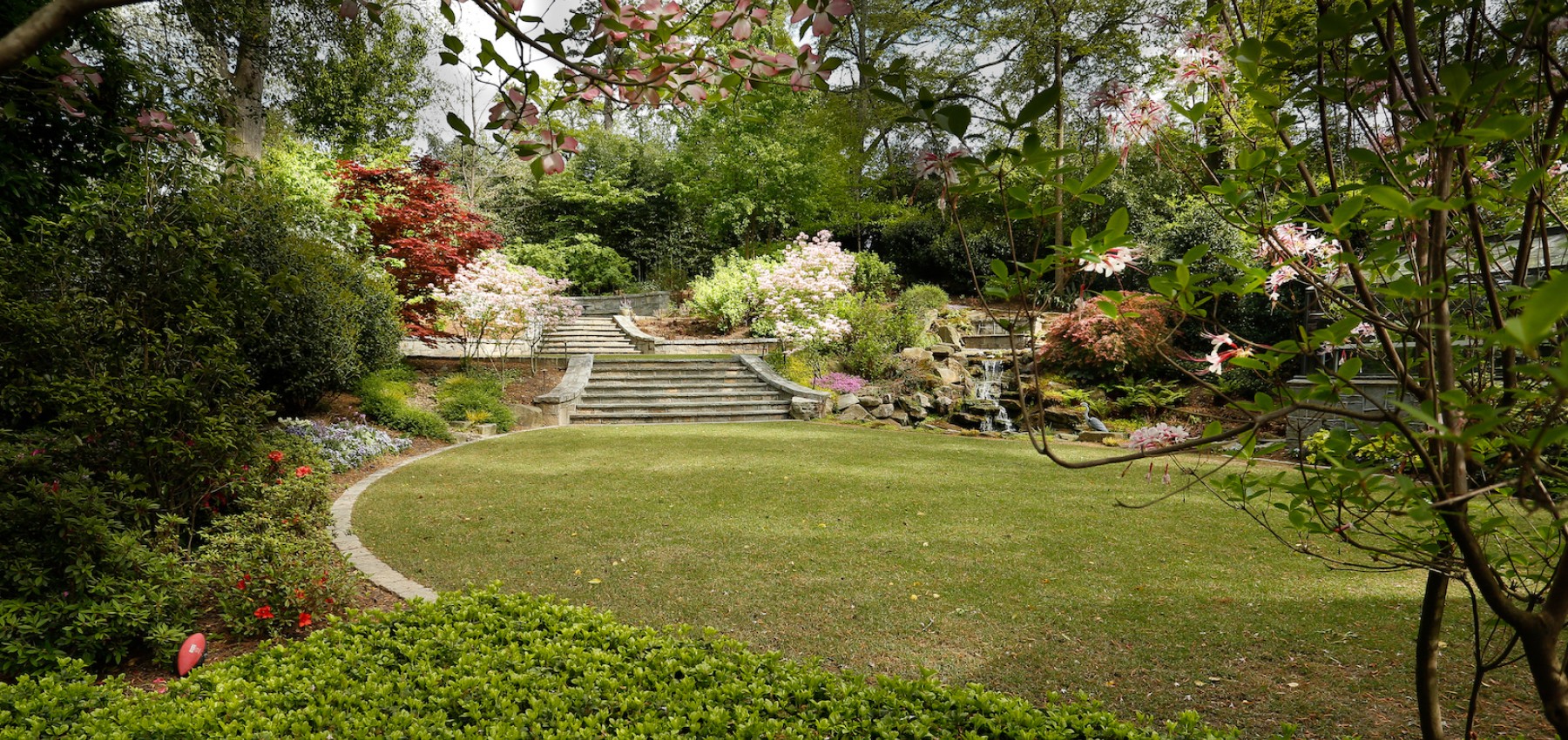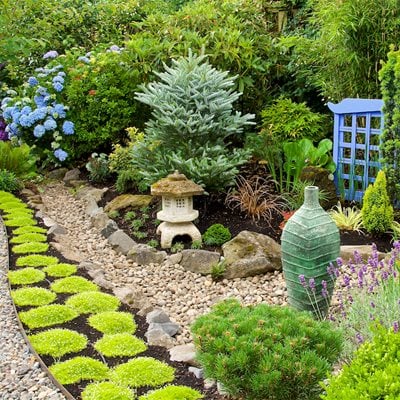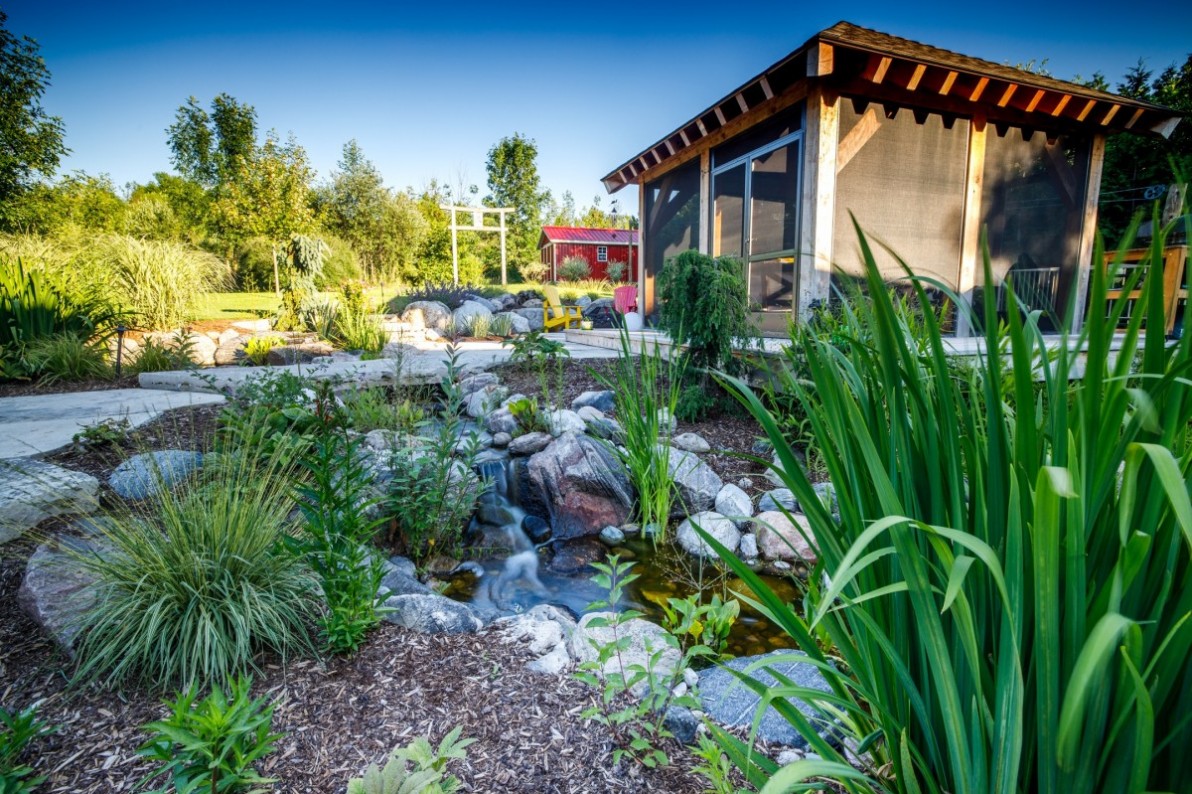9 Simple Techniques For Landscapers
Table of ContentsSome Known Incorrect Statements About Landscapers Examine This Report on LandscapersThe Ultimate Guide To LandscapersIndicators on Landscapers You Need To KnowFascination About LandscapersSome Known Details About Landscapers
- A garden attribute where water is stood for by an aggregate rock item, typically a crushed rock or granite.- A stone or flagstone patio area, path, or pathway constructed without a concrete base.- A rock keeping or complimentary standing wall developed without the usage of mortar. - An underground framework that collect water and permits it to reduce percolate right into the dirt around it.
Landscape style that is compatible with a sites' environment in both look and sustainability without unfavorable impacts to the atmosphere. Bordering in the landscape is a line of demarcation that creates aesthetic passion in the yard by separating one section from an additional section.
Locations can additionally have a feeling of "room" provided by trees, various other growings, fences, or screens. The landscape near the access to a building.
How Landscapers can Save You Time, Stress, and Money.

The component in a landscape layout or location in a landscape that is indicated to be most famous. The focal point can be a plant, boulder, statuary, collecting room, or various other landscape function.

Not known Facts About Landscapers
Reduced plants that are allowed or encouraged to spread over an area. Can refer to any kind of "hard" garden elements including statuary or stones however most typically is utilized to refer to courses, patio areas, and walls - Landscapers.: Elevation distinction between the degree of water in a fish pond (or the degree of the pump if it rests outside the fish pond) and the top outlet of water which impacts performance of the water pump in gph (gallons per hour).
Fence boards that run horizontally, frequently used in modern or Japanese-inspired landscape styles. Appropriate usage of imaginary lines can help the landscape feel attached to the home and various other elements.
Standard PNW landscapes are informal. A plant that spreads out even more than desired, or right into environments where it does damage.
The smart Trick of Landscapers That Nobody is Talking About
Can include head placements and protection, pipeline sizing, GPM specifications, and materials needed to install this system. Certified specialist that designs landscapes, coached in design and style as well as in cultivation.
The professional who prepares and establishes landscape read the article tasks, generally at a domestic or little business degree with the significant layout motivation on plantings. Landscape designers normally have much less education than Landscape Architects and are not accredited. A finished landscape layout, describing all components for the brand-new landscape. This generally takes the kind of an illustration theoretically.
Using several growings of the same selection to load in an area in the landscape. This can decrease upkeep and water use in the garden.
A mix of concrete, sand, and water that is utilized in stone stonework for setting rocks and joints. A layer of compost or bark dust used at the base of a plant. A mass planting of moss. A plant that was existing in a geographic area prior to people began changing the landscape.
Facts About Landscapers Uncovered
How the yard or a yard element is set up in partnership to an existing or new function or to an instructions. Maintaining a yard without learn this here now using chemical herbicides, chemicals, or fertilizers. Lawns that are not trimmed but grown in landscapes as perennials. This is a partially open sided leisure or leisure area that adjoins a house, made use of for entertaining, outdoor dining and just delighting in the outside atmosphere.

Plants that provide seasonal More hints passion and then die back in the winter months. Cold period turf that is the most usual lawn grass in Rose city, OR and the rest of the PNW.An open roofed framework over an outdoor patio or other landscape attribute.
Basalt aggregate varying in size from 1/4" to dust. One of the most common landscape crushed rock in the PNW. Area of the landscape made to deal with rain water up until it can soak into the ground. A chain that regulates water as it travels from a roof seamless gutter to the ground. Garden framework that creates a planting location that is included and more than the surrounding quality.
Framework made of wood, concrete, leading stones, bricks or various other products for supporting inclines and preventing extreme disintegration. Narrow watercourse. Developing a yard feature being composed largely of stones with growings that enhance and can prosper in the rocky atmosphere. Lawn sprinkler head design that rotates a stream of water across an area.
Some Ideas on Landscapers You Need To Know
